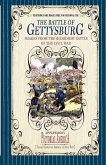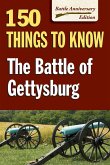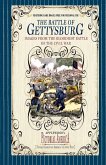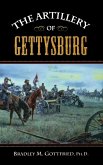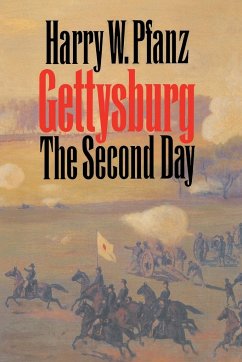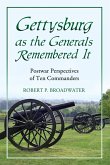The Battle of Gettysburg is a gripping Civil War memoir from a man who witnessed the legendary Civil War battle in person, Frank Aretas Haskell. Writing of Gettysburg, which is herein so graphically depicted by Haskell, General Francis A. Walker, in his History of the Second Army Corps, refers to our author as one who was "bravest of the brave, riding mounted through an interval between the Union battalions, and calling upon the troops to go forward." He further says: "Colonel Frank A. Haskell, of Wisconsin, had been known for his intelligence and courage, for his generosity of character and his exquisite culture, long before the third day of Gettysburg, when, acting as aide to General Gibbon, he rode mounted between the two lines, then swaying backward and forward under each other's fire, calling upon the men of the Second Division to follow him, and setting an example of valor and self devotion never forgotten by any man of the thousands who witnessed it." The Battle of Gettysburg was fought July 1-3, 1863, in and around the town of Gettysburg, Pennsylvania, by Union and Confederate forces during the American Civil War. The battle involved the largest number of casualties of the entire war and is often described as the war's turning point. Union Maj. Gen. George Meade's Army of the Potomac defeated attacks by Confederate Gen. Robert E. Lee's Army of Northern Virginia, halting Lee's invasion of the North. After his success at Chancellorsville in Virginia in May 1863, Lee led his army through the Shenandoah Valley to begin his second invasion of the North-the Gettysburg Campaign. With his army in high spirits, Lee intended to shift the focus of the summer campaign from war-ravaged northern Virginia and hoped to influence Northern politicians to give up their prosecution of the war by penetrating as far as Harrisburg, Pennsylvania, or even Philadelphia.
Hinweis: Dieser Artikel kann nur an eine deutsche Lieferadresse ausgeliefert werden.
Hinweis: Dieser Artikel kann nur an eine deutsche Lieferadresse ausgeliefert werden.


